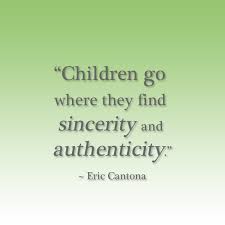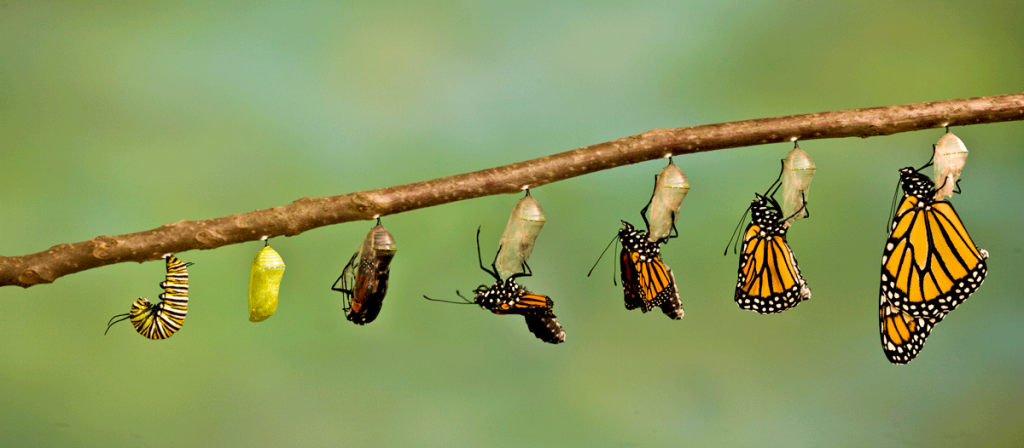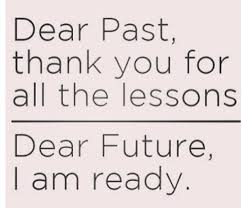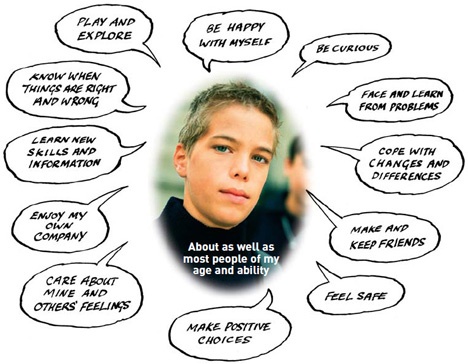 Birds, bees, and butterflies fly busily from one flower to another, unintentionally pollinating, making plants healthier, stronger, and a little more resilient to environmental factors. In the same way, children flit busily through the many contexts of their lives – family, school, and community – unknowingly sharing energy, enthusiasm, and excitement wherever they go. As adults who plant and nurture their gardens, we play both a lead and supporting role in what they share and how they share. Active listening and intentional action make all the difference in the world and will, ultimately, produce stronger family-school engagements that can weather the storms of life.
Birds, bees, and butterflies fly busily from one flower to another, unintentionally pollinating, making plants healthier, stronger, and a little more resilient to environmental factors. In the same way, children flit busily through the many contexts of their lives – family, school, and community – unknowingly sharing energy, enthusiasm, and excitement wherever they go. As adults who plant and nurture their gardens, we play both a lead and supporting role in what they share and how they share. Active listening and intentional action make all the difference in the world and will, ultimately, produce stronger family-school engagements that can weather the storms of life.
A Note to School
Before I was even in the door of the house, I was talking about our classroom menagerie: I am so excited about Lovey and the other hatchlings, the cocooned caterpillars, and the tadpoles that are growing legs. When I play outside, I look for evidence of other life cycles. I’ve even created a habitat for ants, ladybugs, spiders, and worms. I’m supposed to keep it outside, but sometimes it makes its way in – at home and at school.
Thank you for the inspiration,
An energized child
P.S., I enjoyed last week’s ‘surprise’ teacher when you were absent.
The energy, excitement, and enthusiasm of a child that are carried spontaneously and naturally between family, school, and community just might be one of the most authentic solutions to the disconnect experienced by some as a result of previous negative experiences. This, however, will not occur without both intention and attention on everyone’s part.
- Do we recognize children as a critical component of family-school engagement?
- How do we ensure that children do not bear the weight of perceived lack of family-school engagement?
- How do we ensure that children, families, schools, and communities share the good along with the bad, recognizing that it is all engagement?
 Children are more than capable informants, reporters, even directors of their own lives, if they have the comfort and support of a “more knowledgeable other” (Vygotsky, 1978). Without even realizing it, they contribute, in a very powerful way, to family-school engagement. It’s hard to not share in a child’s excitement, or a child’s sadness, about something that happened at home, school, or in the community. While so much of this is child-centred and spontaneous, there are some practices that increase the likelihood of these connections.
Children are more than capable informants, reporters, even directors of their own lives, if they have the comfort and support of a “more knowledgeable other” (Vygotsky, 1978). Without even realizing it, they contribute, in a very powerful way, to family-school engagement. It’s hard to not share in a child’s excitement, or a child’s sadness, about something that happened at home, school, or in the community. While so much of this is child-centred and spontaneous, there are some practices that increase the likelihood of these connections.
Give them something concrete to talk about. Grow a plant. Plant a community garden. Hatch a chick. Catch pollywogs at the creek. Listen to bees as they buzz from one plant to the next. Climb a tree. Watch a butterfly emerge from its cocoon. Plant a tree. Pitch in. Do a food drive. Engage in a community service project. Create a minor crisis that needs to be solved. Take them on a trip. Show them pictures of their ancestors. Tell them a story that is so outrageous they just have to repeat it.
 Make time to listen. In a very busy world, we are often trying to accomplish multiple tasks at the same time, and often our time to listen, and therefore learn, is compromised. Set aside dedicated storytelling and story listening time at home and at school. Be ready with prompts when spontaneity is elusive. Recognize that children, like adults, simply want to be heard and seen without outside interference. Not surprisingly, my 28 year old daughter still tells me to shut down my computer when she calls home!
Make time to listen. In a very busy world, we are often trying to accomplish multiple tasks at the same time, and often our time to listen, and therefore learn, is compromised. Set aside dedicated storytelling and story listening time at home and at school. Be ready with prompts when spontaneity is elusive. Recognize that children, like adults, simply want to be heard and seen without outside interference. Not surprisingly, my 28 year old daughter still tells me to shut down my computer when she calls home!
 Listen with sensitivity as children share. As teacher or family, recognize that spontaneous sharing and excitement of a child, even sadness, come from a place of security, contentment, and/or excitement about family, school, and learning. Listen to all they are communicating in words, thoughts, and actions. It might not always be positive, but the more they carry back and forth, the stronger they perceive the connection and the support they will receive from you as their more knowledgeable other.
Listen with sensitivity as children share. As teacher or family, recognize that spontaneous sharing and excitement of a child, even sadness, come from a place of security, contentment, and/or excitement about family, school, and learning. Listen to all they are communicating in words, thoughts, and actions. It might not always be positive, but the more they carry back and forth, the stronger they perceive the connection and the support they will receive from you as their more knowledgeable other.
 Invite talk about learning and goal setting. Engage in joint projects such as family-school journals, scrapbooks, photo albums or memory boxes that focus on what is happening in their lives at home and school (including strengths, needs, hopes dreams and struggles). This Week At School (TWAS) or Friday letters are a good stimulus to open these critical conversations about learning. Host three-way conferences to discuss goal-setting and learning.
Invite talk about learning and goal setting. Engage in joint projects such as family-school journals, scrapbooks, photo albums or memory boxes that focus on what is happening in their lives at home and school (including strengths, needs, hopes dreams and struggles). This Week At School (TWAS) or Friday letters are a good stimulus to open these critical conversations about learning. Host three-way conferences to discuss goal-setting and learning.
Accentuate the positive. Always look for the best of what is being transferred between family, school, and community – this is how children learn about the interrelatedness of life and how to get along in this world. This is not to say that there is never negative, because there will be – that’s life. But, we can catch a whole lot more flies, that is to say engaged families and schools, with a spoonful of honey than with a spoonful of vinegar.
Thanks for listening, and thanks to the families and schools that create these memories!









